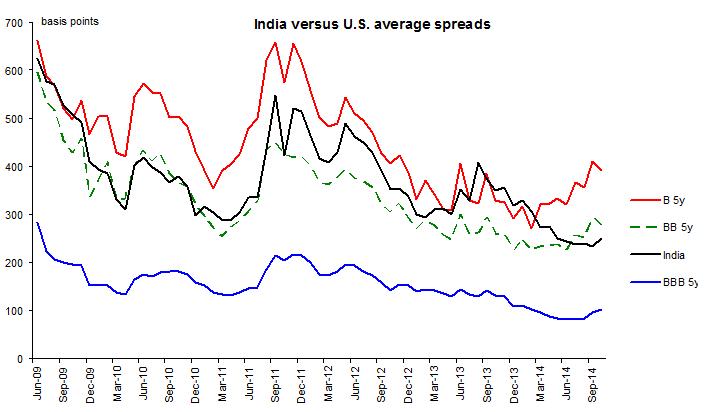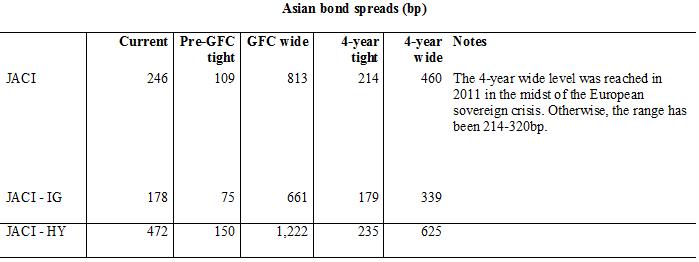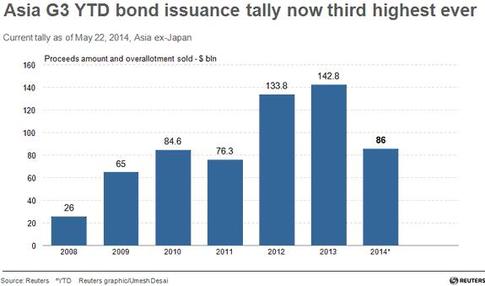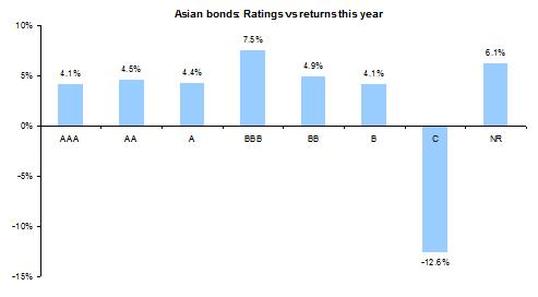With trade tensions now reining in China’s growth, it is worth asking what has led to this divergence over the last three decades. Can India “do a China” in the coming years?
While comparing the two countries, it is important to remember that China had a head start as its economic reforms started about 15 years earlier. Although it is hard to give a precise date, China started dismantling collective agriculture in the late 1970s. It allowed private businesses in the 1980s and foreign investment in 1978. Reforms intensified after Deng Xiaoping’s Southern Tour in 1992 with privatisation of state enterprises, dismantling of welfare housing, and further opening up to private enterprises and foreign capital. China eventually joined the WTO in 2001.
India’s economic liberalisation can be more clearly dated to 1991, when the government began the process of dismantling state control of the economy as a part of the conditions of a IMF bailout loan. Since then, it has eliminated industrial licensing, reduced tariffs, and allowed foreign investment in most sectors.
China reached a per-capita income of US$2,000 in 2006, and doubled that to US$4,000 by 2009. If India is to follow China with a lag to 15 years, it should reach US$4,000 by 2023 or 2024. That would call for an economic growth of about 13%–15% for the next five or six years, adjusted for population growth. After India slowed to 5% in the June quarter, that looks like a tall order.
China achieved this level of growth mainly by following one simple formula: Become the world’s manufacturing factory and generate employment for millions of people by moving them to the coastal areas to feed the manufacturing machine.
Three other factors are important in holding this formula together. First, a closed financial system enabled the financial resources to be marshalled from the household sector to the service of the industrial sector through depressed interest rates and restricted investment avenues. Second, its development of infrastructure has been ruthless and efficient. And third, China maintained an undervalued currency until 2005, when it started letting its currency appreciate. Some other commentators have also pointed out that internal competition among regional party units and population control through the one-child policy helped the process along.
INDIA’S OPPORTUNITY
While India has broadly maintained the same trajectory of growth as China so far, it is not clear whether it can benefit from an export-led manufacturing model in the coming decades. Since it opened up, India has increased its share of exports from 7% of GDP in 1991 to 25% in 2013; this has since declined to 19%, coincidentally the same figure as China’s. However, China accounted for 13% of global exports in 2017 versus India’s 1.6%, according to the WTO, indicating the extent to which China has successfully used global markets to fuel its growth.
The current trade war between the US and China has put some elements of China’s export-and-grow model under scrutiny. Questions have been raised about the way in which China has persuaded foreign companies to provide investments and transfer technology in exchange for promised access to its markets. China’s use of subsidies and state-directed lending to create global competitors has also come under the spotlight. Allegations have also been raised about how China has managed to acquire new technologies through overseas investments, forced technology transfers and even theft.
In this current environment, there is clearly an opportunity for countries such as India to grab a share of global manufacturing, generate jobs and gain prosperity. China’s coastal manufacturing regions themselves are at a critical juncture, as they face rising costs and stricter labour and environmental regulations. Manufacturers have an incentive to consider alternative locations, which could be either China’s interior regions or other countries.
India certainly scores well on labour costs, which are below Chinese wages. But if India were to bid to become the world’s next big manufacturer, it is worth remembering that China’s manufacturing prowess was built not just on costs, but on other elements too. India needs to focus on building infrastructure at a massive scale within a quick timeframe. It also needs to make it easier for firms to set up factories and hire workers, which are currently hampered by its onerous procedures for land acquisition and labour laws.
One of the greatest challenges will be to find the financial resources for this transformation. Part of the answer might lie in better allocation of the government’s fiscal resources, as well as the country’s ability to attract foreign direct investment.
The government will need to lead many of these initiatives with correctly targeted subsidies, tax incentives, support for R&D, and industrial policies. The first, and perhaps the most important step, will be to ease regulations to boost manufacturing.
Will India pull it off? In my view, the answer is not yes or no, but somewhere in the middle. It is worth noting that when China started its export journey, it started with low value products and did not compete head-on with Korea and Japan, but if India starts the same journey today, it has to grab market share from China.
With the right steps, India can certainly raise its share of global manufacturing and use it to generate jobs and prosperity, but it is by no means assured that India can do a China in the next 10 to 30 years.






 RSS Feed
RSS Feed

